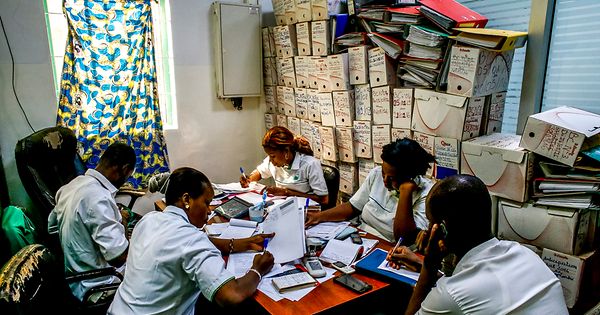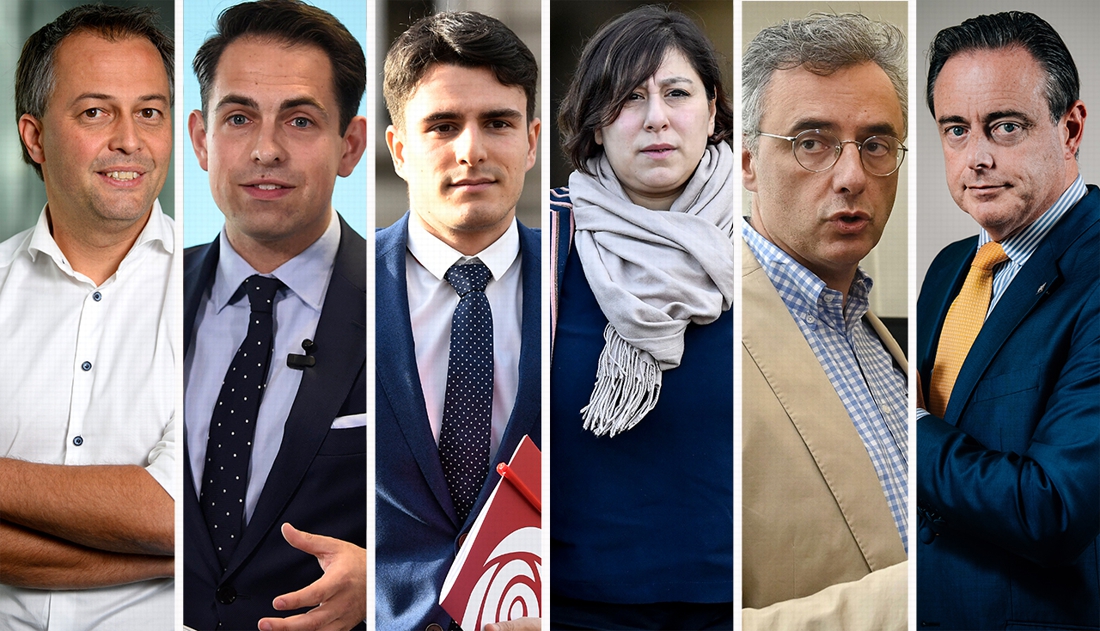Microloans are supposed to lift people out of poverty – in the pandemic, many cannot pay their installments.
Marlene BREY
–
Microloans are supposed to lift people out of poverty – in the pandemic, many cannot pay their installments.
–
–
Microloans are often given to small business owners in developing countries. However, they are now controversial as an instrument in the fight against poverty. The corona crisis is now affecting both borrowers and microfinance institutions (MFIs).
The European Microfinance Week starts on Wednesday in Luxembourg. Every year experts on microfinance and financial inclusion meet here. Daniel Rozas is Senior Microfinance Expert of the European Microfinance Platform, which is hosting the event.
Daniel Rozas, please describe a classic case for a microcredit and where the problem now lies in the corona crisis.
For example, many tuk-tuk drivers in Asia take out a loan to buy a tuk-tuk. In the Corona crisis, the tourists stay away and with them the income. Some then cannot repay their installments.

Daniel Rozas is Senior Microfinance Expert at the European Microfinance Platform.
Photo: Private
–
–
What is the greatest risk for the donors, i.e. the microfinance institutions (MFIs), in the corona crisis?
Definitely, loans are non-repayable. Many poor countries have been severely shaken by the pandemic. Even if countries do not have a high number of cases, the economic consequences are massive: in tourism, in the textile industry or on construction sites, many have lost their jobs or their incomes have fallen. This also includes people who have taken out microloans. You are now running into financial difficulties.
The poorest in the world are threatened with over-indebtedness. How did the donors react?
Many MFIs have changed the terms and conditions for loans: terms extended, rates reduced or suspended. In some countries this is what the governments have asked for. I know the market in Cambodia particularly well. Over 2.5 million people have borrowed from MFIs, an average of $ 3,800. Here around 15 percent of the loans were rescheduled in the spring. The number should be higher now.
Most of these moratoriums were granted in April and will expire in these weeks. The question here is: how many of these critical customers can service their loans, how much and when? How many will not be able to pay at all? We won’t know until the middle of next year what institutions have to post as losses.
When MFIs that also have bank deposits from customers go bankrupt, it creates a big problem because not only are investors affected, but the poor themselves lose their money.
How has the crisis changed the demand for microcredit?
There are areas that have grown during the crisis. The self-employed who distribute medicines or sell certain foods in villages were in higher demand. There was still a need for credit there. But these are exceptions. Basically, the demand has decreased. Anyone who takes out a loan despite the crisis wants to minimize the risk and borrows less money, for example $ 500 instead of 1,500.
MFIs therefore have two problems: the demand for microcredit is falling and borrowers are having trouble paying. What are the consequences for the institutions?
There are many different MFIs. In normal times, all of these models work. But now you can see which institutions are well managed.


 –
–
 –
–
 –
–
